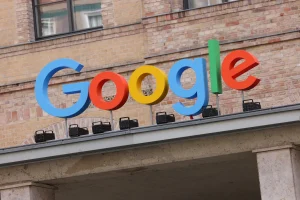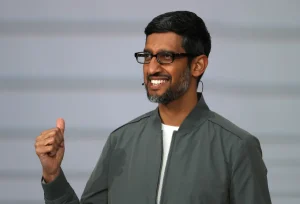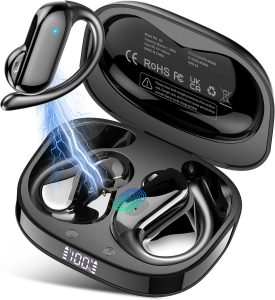AI Checks and Balances: A New Frontier

There’s a new buzzworthy concept in AI: having one artificial intelligence system inspect and critique the work of another. Intriguing, right? The idea came about because, while AI systems are incredibly good at generating outputs—like writing code or even creating video games in mere minutes—they are not flawless.
So, what if another AI could spot and fix those mistakes? The implications are huge, essentially opening up a new realm of possibilities in AI reliability and security. Here’s a deep dive into this fascinating concept.
AI Checking AI
One of the most intriguing concepts introduced recently is the idea of using AI to critique the work of another AI. This stems from the realization that AI systems, though proficient, still make mistakes. What if another AI could identify and fix these mistakes? This idea has opened up an entirely new realm of possibilities.
AI like ChatGPT and the newer Claude 3.5 can already produce complex outputs like pieces of code or even video games in minutes. However, they aren’t flawless. The innovative approach involves training another AI to review and critique these outputs.
Training the Critique AI
Training an AI to find bugs in the work of another AI requires a large dataset of errors. One fun method is to take functioning code, intentionally break it, and then document the changes. The critique AI is then trained on these documented errors, helping it learn how things typically malfunction.
Real-World Application
In addition to synthetic bugs, critique AIs are also trained on naturally occurring bugs. This makes them versatile in identifying and diagnosing issues in various settings.
Remarkably, the early results show that these critique AIs can find more bugs than human reviewers. More than 60% of the time, their critiques are preferred over human-written ones. This could significantly improve the reliability and security of codebases.
Human and AI Collaboration
While AI-only critiques are comprehensive, they are not without flaws. These systems can experience ‘hallucinations,’ where they mistakenly identify non-existent bugs. This is where human reviewers still play a vital role.
Human involvement reduces the incidence of these hallucinations, ensuring more accurate results. This collaboration suggests that a combination of human and AI efforts may yield the best outcomes.
Despite these advancements, there are still limitations. Some errors are multifaceted and arise from multiple smaller issues, making them harder for AI to diagnose accurately.
The Future of AI Critique Systems
The ongoing research and publications in this field are incredibly valuable. Each new paper provides more detailed insights into these systems, enhancing our collective understanding.
This knowledge-sharing is driving rapid advancements, making AI tools more reliable and effective. The future looks promising with more innovations expected in the coming years.
Challenges and Limitations
Despite the impressive capabilities of critique AIs, they aren’t perfect. Hallucinations and complex error patterns are significant hurdles.
Ongoing human oversight is necessary to ensure accuracy and reliability. Moreover, AI systems struggle with compounded errors arising from various sources, requiring a more nuanced approach to debugging.
The journey of AI critiquing AI opens up exciting possibilities. However, despite impressive advancements, human involvement remains crucial for optimal results. This collaboration between AI and humans promises a more reliable and secure technological future. The rapid progress in this field inspires optimism for more groundbreaking innovations.
In conclusion, the partnership between humans and AI in error detection is revolutionary. As these technologies evolve, they will undoubtedly pave the way for more secure and efficient systems in various domains.





